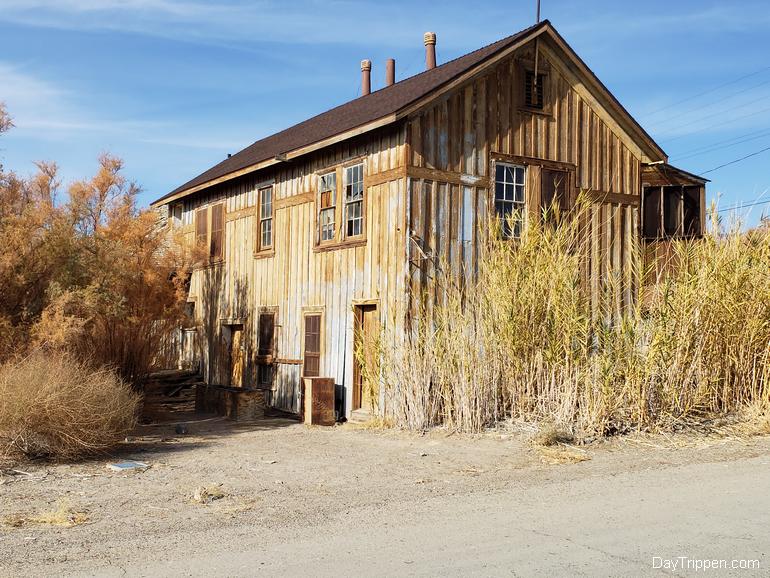
Keeler, California, was once a bustling town with a train station, a 300-foot pier, a public swimming pool, and several hotels. The city was initially called Hawley and later named Keeler after Julius M. Keeler. The town’s existence was partly due to the Cerro Gordo mines high above the Inyo Mountains. Today, Keeler has a population of around 50. In its heyday, Keller’s population was about 2500 people.
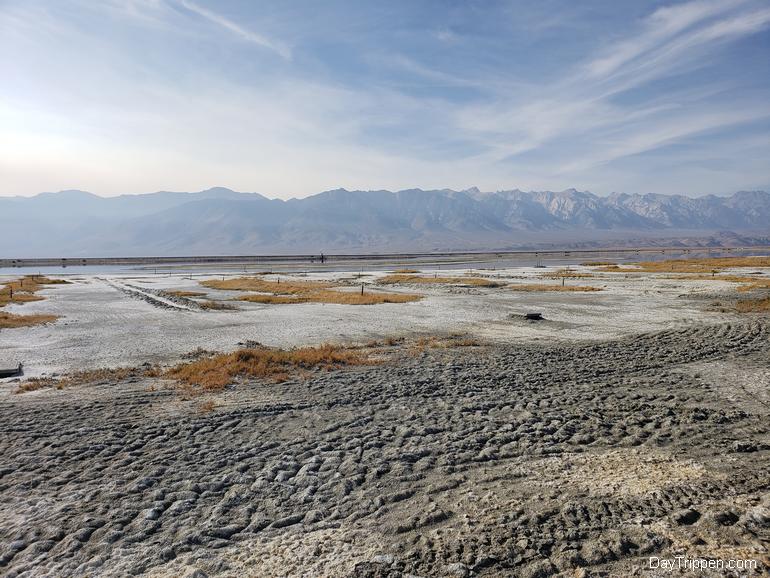
Keeler Owens Lake
At one time, Owens Lake covered 100 square miles, with most of its water coming from the High Sierra via the Owens River. During the peak of Cerro Gordo mines, the steamship Bessie Brady carried silver ingots from the Keeler pier to Cartago town on the lake’s far side. On the return trip, the steamship took charcoal from the cottonwood charcoal kilns and lumber for the mines. Bessie Brady burned on May 11, 1882, and steamboat navigation on Owens Lake ended.
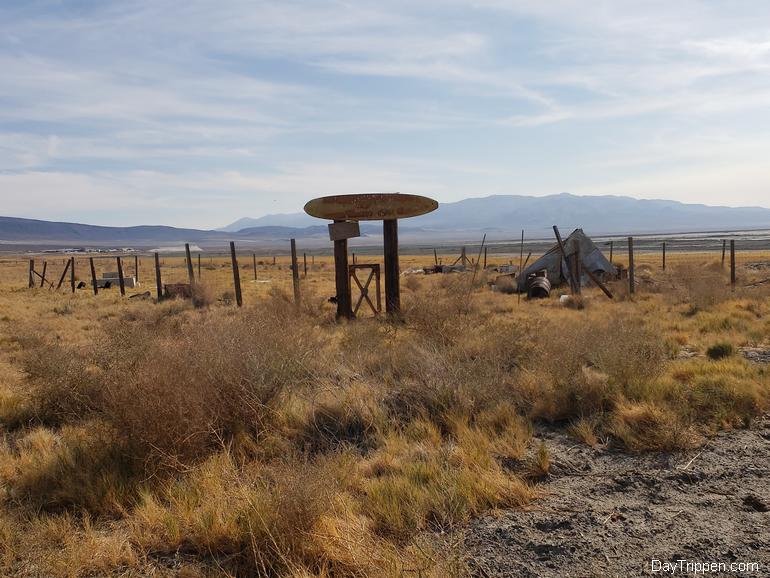
Silver production peaked at the Cerro Gordo Mines in the mid-1880s, just as the Carson and Colorado Railroad reached the town. In 1913, the Owens River was diverted into the Los Angeles Aqueduct, causing the lake to dry up. Today, there is some hope for the lake. As part of an air quality mitigation settlement, LADWP shallow flooded 27 square miles of the lake. You can get an up-close look at the new area at the Owens Lake Trails Plaza.

Carson and Colorado Railroad
Keeler served as the southern terminus of the Carson and Colorado narrow gauge Railroad. Train service to Keeler ended in April 1960 when the railroad was shut down. Later, the Keeler depot was used as a residence for a few years before being abandoned. Today, the Keeler train depot still stands. However, it is in a dilapidated state.
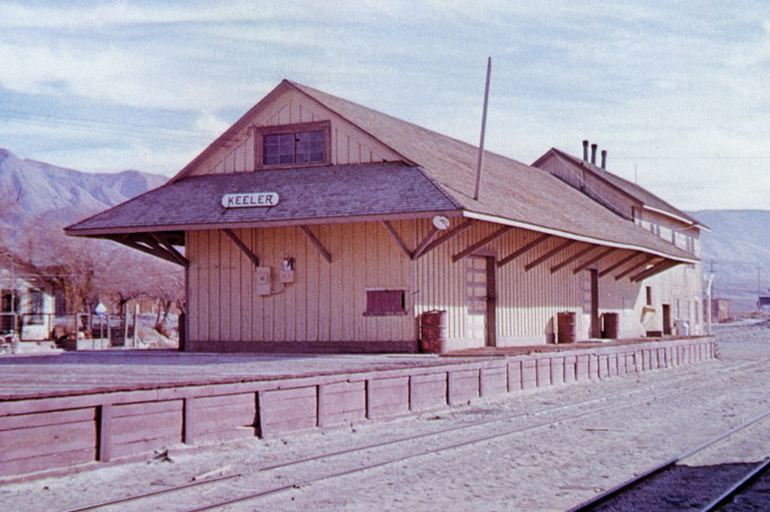
The narrow gauge Carson and Colorado Railroad ran from Mound House, Nevada, to Keeler, California, where the locomotive shops were located. Keeler has several boxcar houses.
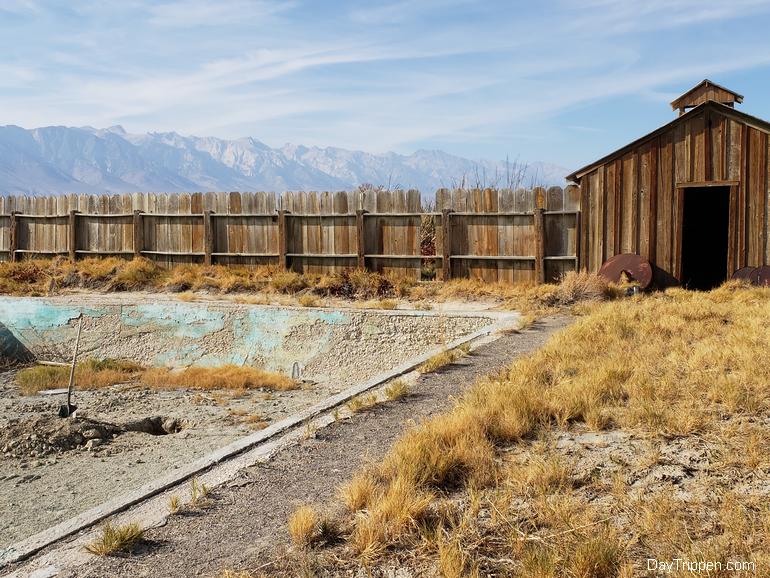
Keeler Beach and Swim Club
The Keeler swimming pool was built in the mid-1920s and was a popular place to cool off for locals alone. After filming westerns in the Alabama Hills near Lone Pine, Hollywood stars visited the pool. The Olympic-sized pool was eventually abandoned and left to the desert winds and sand.
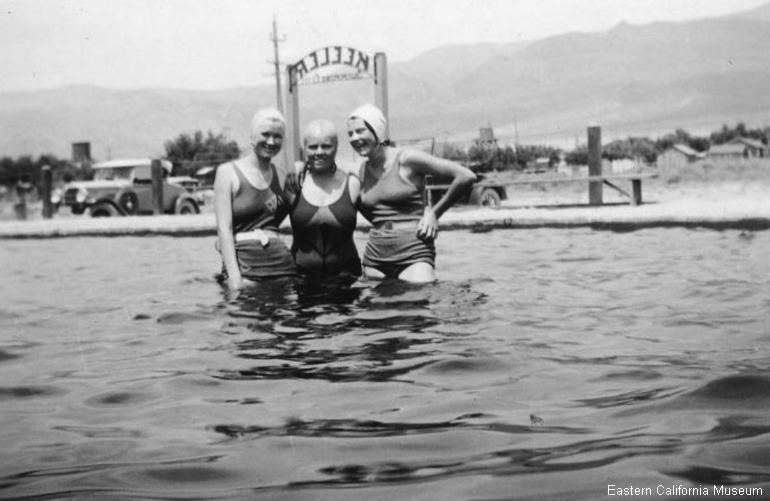
Today, the town’s Early Era Preservation Society hopes to open the pool again and has purchased the property. The plan is to fill the pool with natural spring water by drilling a well—more info.
Keeler Sierra Talc Company Mill
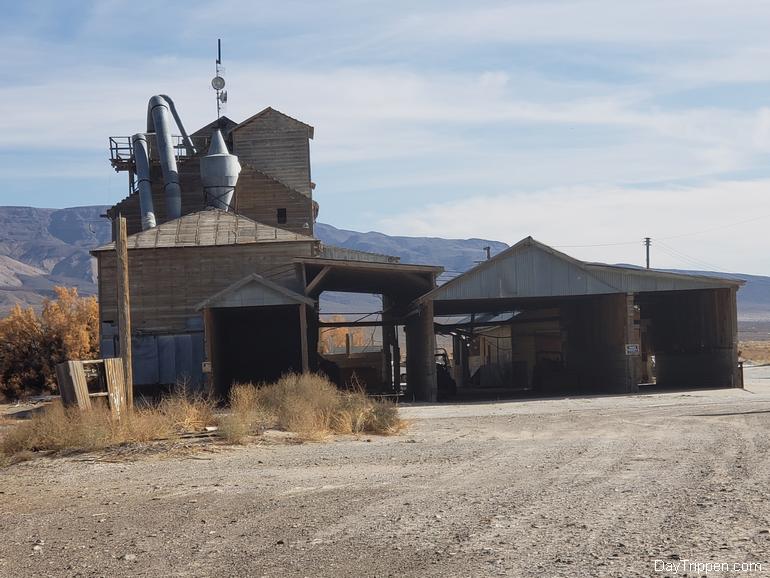
From the early 1900s to 1942, California was the primary source of talc. Most of the Talc came from the Talc City mine between Keeler and Death Valley. Talc was trucked 19 miles from the mine to Keeler, which was processed and sacked for shipment.
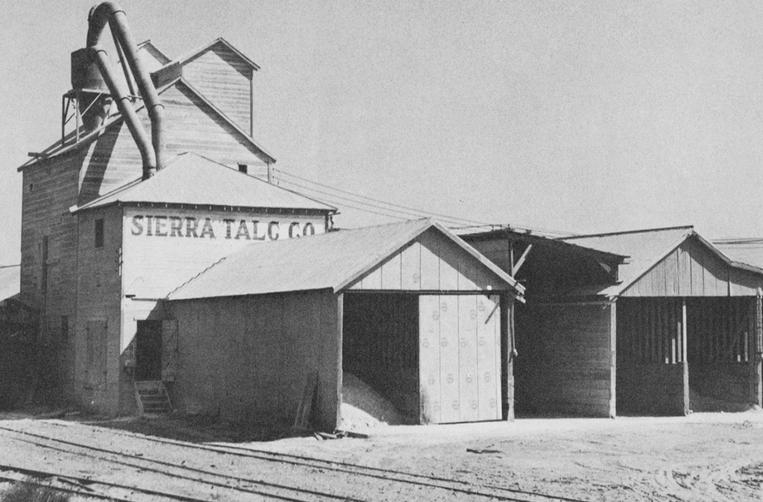
From there, it was loaded onto trains and shipped to Los Angeles. Today, you can still see the Sierra Talc Company Mill at Keeler. The building is private property, so it cannot be entered without permission.
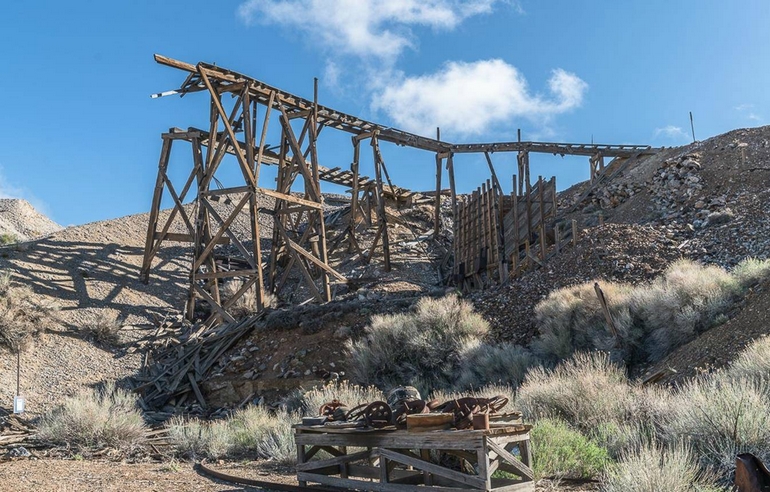
Cerro Gordo Tram
Cerro Gordo saw a return of mining activities in 1907 when high-grade zinc ore was discovered at the Union Mine. 1914, a 5.6-mile, gravity-powered tramway was built from Cerro Gordo to Keeler. Twenty tons of zinc ore were transported daily to Keeler’s Carson and Colorado Railroad. On and off, mining continued at Cerro Gordo until 1959. You can still see the remains of the tramway trestle in Cerro Gordo.
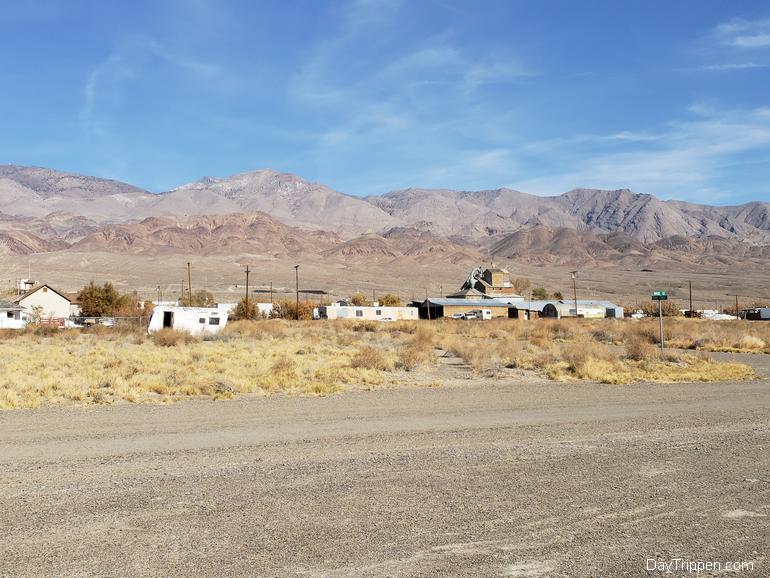
Getting to There
The town of Keeler is an off-the-beaten-path stop or drive-through while visiting California’s Owens Valley. Heading north on Highway 395, turn 190 at Olancha (take a quick look at Dirty Sock Hot Spring), then turn left onto 136 to Keeler.
Leave a Reply